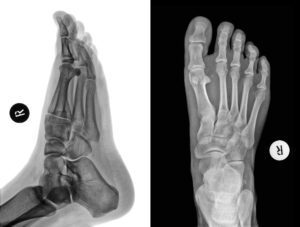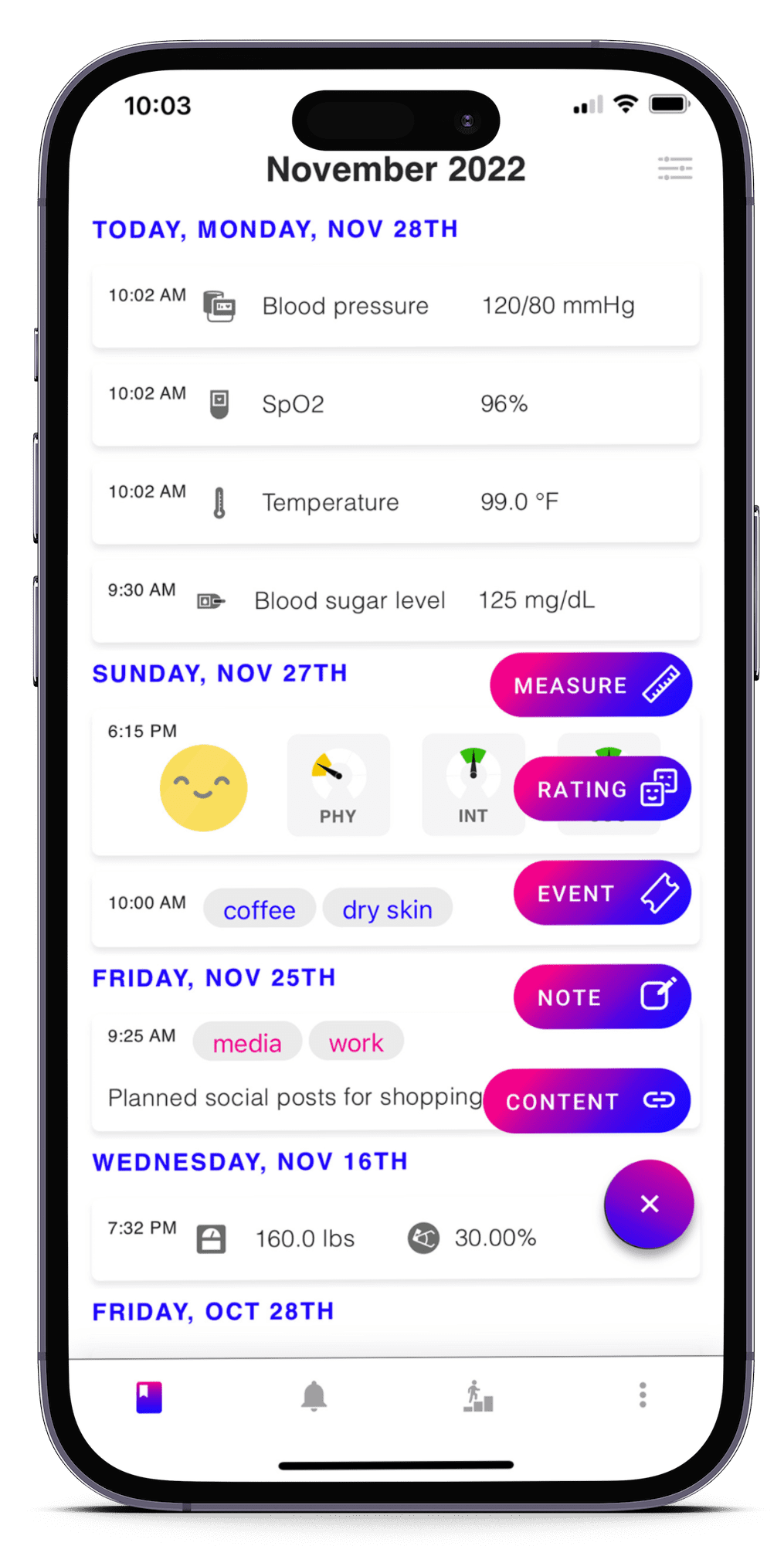What is chronic infection?
Short answer.
A chronic infection is basically a long-lasting infection, either bacterial or viral. It gets a little more specific than that though. If you’re interested, read the technical answer below.
Technical answer.
Chronic infection is a property of a group of cells or of an organism in which lytic infection is established in many cells, but many potentially susceptible cells escape the infection at any particular time, for whatever reason. The infection is not cleared and the continual appearance of susceptible cells in the population leads to the continued presence of replicating virus. One well-known example of a chronic infection in humans is HIV, in which the infection cannot be cleared by the immune system and the virus continues to replicate. AIDS results when the immune system is finally overwhelmed by the virus. Hepatitis B and hepatitis C viruses are also well known for their ability to establish chronic liver infections that can persist for life.
A chronic infection is most likely to exhibit the lytic cycle of infection, or the eventual result of the infected cell being destroyed by the infection.
Who suffers from chronic infections?
Anyone and everyone is able to suffer from an infection. Chronic diagnosis is a matter of the infection lasting an extended duration of time. Unfortunately there is not a standard amount of time to define the minimum duration, but if it is a recurring infection or lasting longer than a few weeks, it certainly should be given proper medical attention.
Esther’s Story
Our board member Brian Gilbert’s 91 year old mother-in-law is suffering from chronic infection which has brought about the onset of dementia. In early 2020 as Covid was ramping up across the country, hardware from a broken ankle 20 years prior had become infected without their knowledge. Due to the Covid restrictions, her Doctor was not seeing patients during this time, and Virtual Visits were not broadly accepted. It was suggested she just be monitored, and for them to call back if things worsened.
The uncertainty of Covid not allowing her normal caretaker to be able to come in each day to help with daily care tasks lead to the decision that she could not be alone and was not able to care for herself with her new symptoms that were popping up daily. Brian and his wife Mary decided the best option would be to bring Esther to live with them, due to her constant pain and new confusion as well as to give them peace of mind to be able to keep an eye on her.
Upon moving in, Brian and Mary started to really take notice of all the issues that were arising (worse than Esther had led on).Things took a turn for the worse when Esther had to be taken by ambulance to the hospital due to not being able to move and screaming from being in extreme pain. This chaotic day (oh the early days of Covid) lead to doctors just giving her a muscle pill and anti-inflammatory and releasing her that evening. Mary insisted that the doctor help her out since something was clearly still not right by writing a script to bring in help of a home health care nurse and physical therapist.
 The site of the original infection comes into play at this time when Esther’s home health care nurse Melissa made note of an ankle wound that was slightly seeping. Melissa would then start a weekly task of applying medicated ointment and replacing with a clean bandage. After 7 months (yes 7!) of the ankle getting progressively worse and not healing. The doctors FINALLY took a culture of the wound site to find that there was some type of infection within Esther, not clear of where it actually originated.
The site of the original infection comes into play at this time when Esther’s home health care nurse Melissa made note of an ankle wound that was slightly seeping. Melissa would then start a weekly task of applying medicated ointment and replacing with a clean bandage. After 7 months (yes 7!) of the ankle getting progressively worse and not healing. The doctors FINALLY took a culture of the wound site to find that there was some type of infection within Esther, not clear of where it actually originated.
Mary and Brian decided to take action by seeking out to find a doctor who would take the time and have the investigation skill-set to get to the bottom of what has been going on (and how it could have been such an oversight from the previous medical staff they had been working with). Lucky for them, they reside in Cleveland, Oh with the Cleveland Clinic right in their backyard, housing a large pool of immense talent in the medical world. The came across Dr. Banzon, an infectious disease specialist, who would join Brian and Mary on their quest to get to the bottom of what was actually going on with Esther.
After test upon test, and image upon image, they finally came to the conclusion that the originating area of her infection was coming from hardware put in her ankle when she had broken it 20 years ago. The hardware was suggested to be removed after Esther healed from the initial surgery back in the day, but she refused, citing she did not want to go through surgery again. Due to her age, and current condition options were very limited as far as treatment goes. Unfortunately, if she would have had the hardware removed earlier or if they would have fought more with her old team of Doctors more that things were not right (and had data to back it up) , this whole situation may never have been.
Dr. Banzon recommended that they not go the surgery route. Due to Esther’s age, and thinness of her skin, it added way more complication and risk than necessary. She decided to start with a course of antibiotics to just keep the infection at bay. This caused a bit of concern from Brian and Mary since Esther had a history of C-Diff (which is caused by antibiotics) and was very susceptible. But being their only choice, they forged ahead with trying out the antibiotic. Upon Esther’s insistence to return back to her home, and her issues being somewhat at bay, they both agreed, to allow it as well as set up an elder care agency to come in daily and assist her.

They also purchased a similar eldercare monitor kit including Internet, inexpensive tablet, fitness tracker, thermometer, and voice assistant to keep an eye on things themselves. Ironically, what’s shared by Brian’s mother in law on her daily activities do not match what is seen in her tracker. It’s positive to have a second set of eyes, ears, and instruments for elderly living alone. Since temperature is a good measure of the activity of her infection, a cloud based thermometer provides insights to family.
The infection is currently at bay, but that does not discount the toll it took on her brain capacity which is still declining. She will need to be on an antibiotic for the rest of her life, and monitoring all her vitals on a daily basis has become essential in knowing if the medication is keeping things at bay or if there is cause for concern.

3 Responses